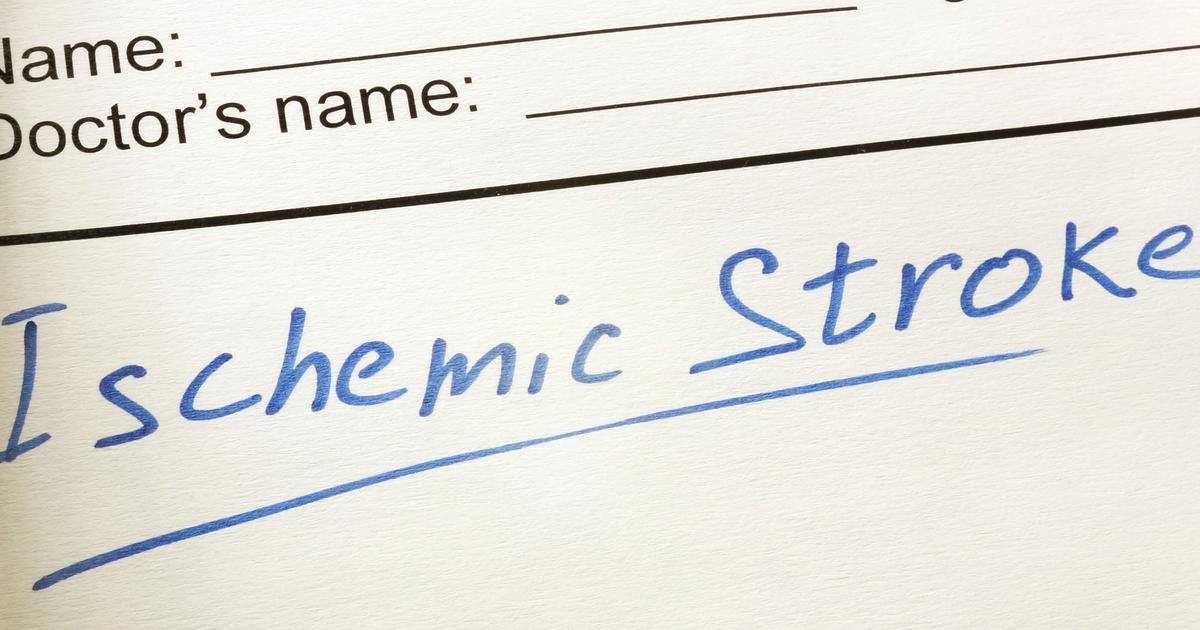Causes Of Cerebral Edema
Cerebral edema, also known as swelling in the brain, is a life-threatening condition. When the brain swells, it can set off a chain of events, and the side effects are seen throughout the body. The stress of the injury can magnify the body's response or negate it entirely and make the issue harder to treat.
Early management and treatment are crucial to improving the patient's prognosis. Learning more about the underlying conditions can help medical staff recognize the signs and symptoms sooner. Once those are treated, the edema should hopefully resolve, giving the patient a better chance at making a full recovery.
Traumatic Brain Injury

When your brain receives an injury, a few things occur. Concerning cerebral edema, the part to focus on is what's called a vasogenic response. There is something called the blood-brain barrier, which acts as a protective membrane to keep anything deemed toxic out of the brain. During a traumatic brain injury, this membrane can be disrupted, which would allow it to let more fluid and substances through, rather than filtering them out, leading to cerebral edema.
The other thing that could occur is something called cytotoxic edema. This happens when the blood-brain barrier is unaffected, but the pump that pushes sodium and potassium around the cells is disrupted instead. This can lead to prolonged fluid retention or cerebral edema.
Ischemic Stroke

An ischemic stroke occurs when a blood clot prevents adequate blood flow to the brain, which prevents oxygen and other nutrients from reaching the cells and starts to cause cell and tissue death. This results in increased fluids and swelling of the remaining tissues, which sets off a chain of events. The increased swelling causes the brain to shift, and other areas are compressed from lack of room for expansion. The compressed areas don't receive enough of a blood supply, and they can eventually suffer cell death as well. This is a good example of why early treatment is essential.
